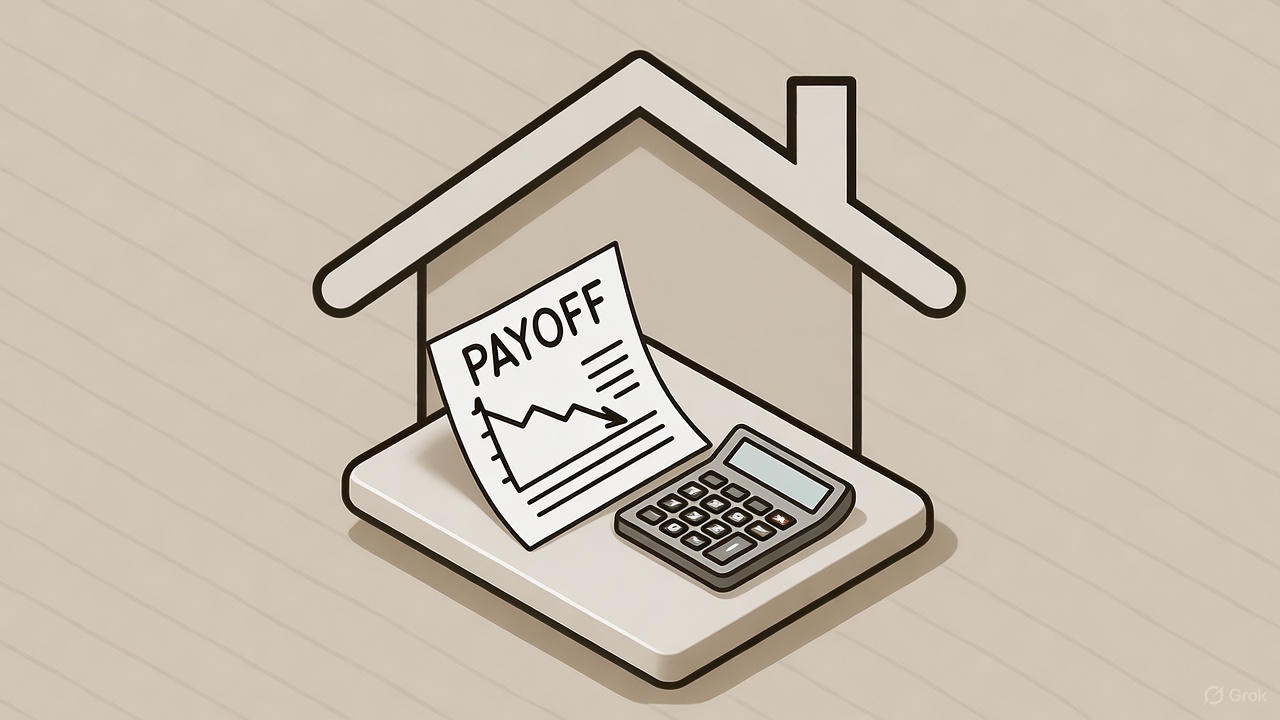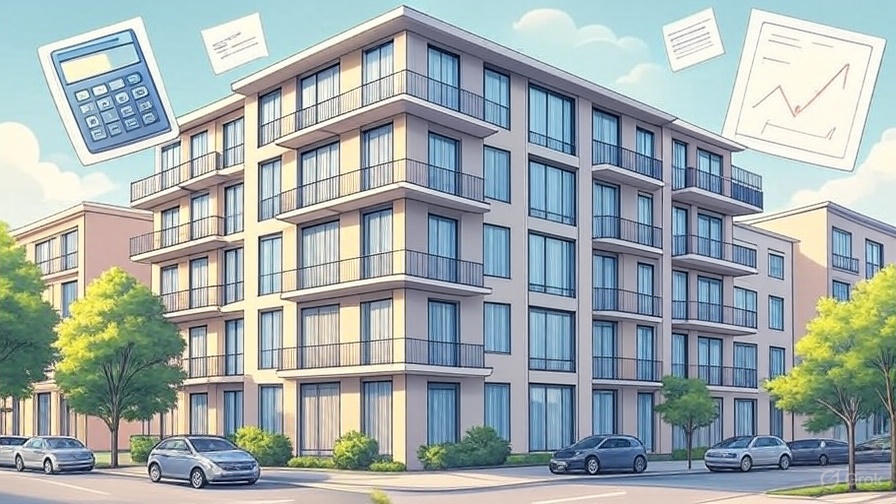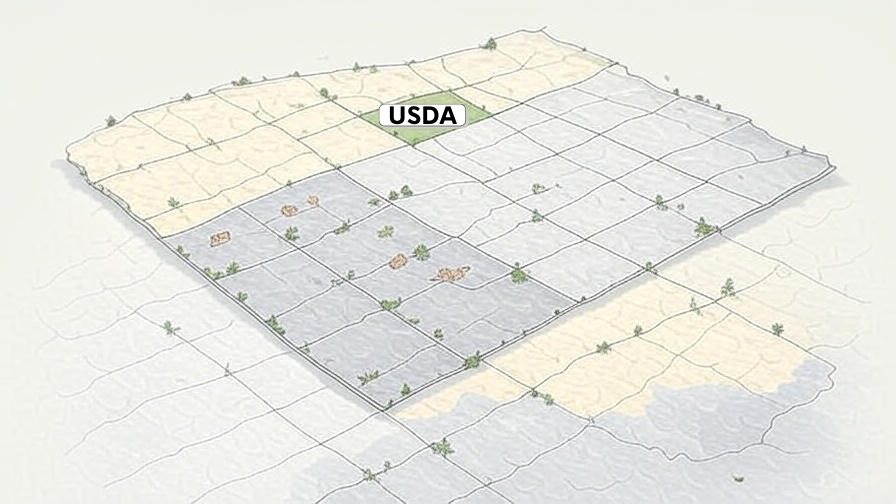PMI isn’t permanent—it’s a bridge. The key is structuring your loan smart upfront and timing your exit strategy right. Here’s how NC buyers cut PMI costs and eliminate them faster than expected.
Why PMI structure matters upfront
Private Mortgage Insurance (PMI) protects lenders when you put down less than 20%. It’s not home insurance—it’s lender insurance that you pay for, typically 0.3% to 1.5% of your loan amount annually.
Quick note: FHA loans use Mortgage Insurance Premiums (MIP), and USDA loans have guarantee fees. Different names, similar purpose—protecting the lender. But removal rules vary significantly. FHA MIP stays for the life of the loan (or 11 years with 10% down), and USDA guarantee fees are permanent. This post focuses on conventional loan PMI, which offers the most removal flexibility.
Most buyers focus on the monthly PMI payment, but the structure you choose affects your total cost and removal timeline. PMI comes in three main flavors: borrower-paid monthly insurance (BPMI), lender-paid mortgage insurance (LPMI), and single premium MI. Each has different exit strategies.
BPMI gives you the most control—you can remove it when you hit 80% loan-to-value. LPMI builds the cost into your rate permanently. Single premium gets paid upfront, often through seller credits or gift funds.
Three ways to lower PMI costs at closing
Smart loan structuring can cut your PMI burden before you even move in:
LPMI Strategy: Accept a 0.25% higher rate, eliminate monthly PMI entirely
Larger Down Payment: Jump from 5% to 10% down, cut PMI rates in half
Single Premium: Pay MI upfront, often using seller credits or gift funds
For a $400k Raleigh home with 5% down, typical BPMI runs $200-250 monthly. With 10% down, that drops to $100-125. LPMI might add $90 to your rate-driven payment but eliminates the separate PMI line item.
The math depends on how long you plan to stay and local appreciation trends. Quick refinance or strong value growth favors BPMI. Long-term ownership might favor LPMI.
The appreciation advantage in NC markets
NC’s Triangle and Charlotte metros have consistently outpaced national appreciation averages. This matters because PMI removal hinges on loan-to-value ratios, not just payment history.
Example math: A $400k home with $20k down starts at 95% LTV. With 5% annual appreciation, the home reaches $462k in year two while your balance drops to about $375k—putting you at 81% LTV. Request an appraisal, and PMI could disappear years early.
Durham and Raleigh’s job growth in tech and healthcare, plus Charlotte’s financial sector expansion, create demand pressure that typically supports steady appreciation. Obviously past performance doesn’t guarantee future results, but the trend helps accelerate PMI removal timelines.
Smart removal timing strategies
PMI removal isn’t automatic—you have to act. Here’s the playbook:
- Track your LTV monthly: Use online calculators or spreadsheets to monitor progress toward 80%.
- Order appraisals strategically: Spring market peaks often show higher values than winter lows.
- Consider improvements: Kitchen updates or finished basements can push appraised values over the 80% threshold.
- Recast your loan: Make a large principal payment ($5k minimum) and request loan recasting to lower your balance and hit 80% LTV faster. Only available on conventional loans.
- Refinance if rates drop: New loan, new appraisal, potential PMI elimination even above 80% with strong values.
Most lenders require a minimum of two years before accepting removal requests, though some allow it after 12 months with strong appreciation documentation. Recasting typically costs $200-500 but can accelerate PMI removal by years if you have extra cash to put toward principal.
Common PMI removal mistakes to avoid
Simple errors can delay removal or cost thousands:
- Waiting for automatic cancellation at 78% instead of requesting removal at 80%.
- Using automated valuation models (AVMs) instead of full appraisals for removal requests.
- Forgetting that major improvements need to be completed and permitted before appraisal.
- Missing payment history requirements—most lenders want 12 months of on-time payments.
Local market context: when to act
Triangle inventory remains tight relative to buyer demand, supporting price stability. Charlotte’s corporate relocations continue driving demand in suburbs like Matthews and Huntersville. These dynamics typically favor quicker PMI removal through appreciation.
For buyers considering waiting to save 20% down: run the opportunity cost math. If you’re paying $1,800 rent while saving an extra $60k for down payment, that’s $21,600 in rent annually. PMI at $200 monthly costs $2,400 yearly—a $19k annual difference that often favors buying sooner with PMI.
FAQ
Choose lender-paid MI (LPMI) for a slightly higher rate but no monthly PMI, or make a larger down payment. Single premium MI paid upfront can also reduce monthly costs.
You can request removal at 80% loan-to-value ratio, or it automatically cancels at 78%. With strong appreciation, this could happen in 2-4 years instead of 8-10.
Yes. Raleigh, Durham, and Charlotte have seen consistent appreciation. A $400k home gaining 5% annually could reach 80% LTV in about 3 years vs 8 years with payments alone.
Run the math on your situation. With NC’s appreciation and current rents, PMI costs often get offset by home value gains and rent savings within 2-3 years.
Want a PMI strategy that fits your timeline?
I’ll work up loan options that balance your down payment, monthly costs, and removal timeline—so you’re never stuck with PMI longer than necessary. Clear math. Smart structure. Faster removal.
Questions about PMI options? 984-289-6479 · wolff@michaelthebroker.com




